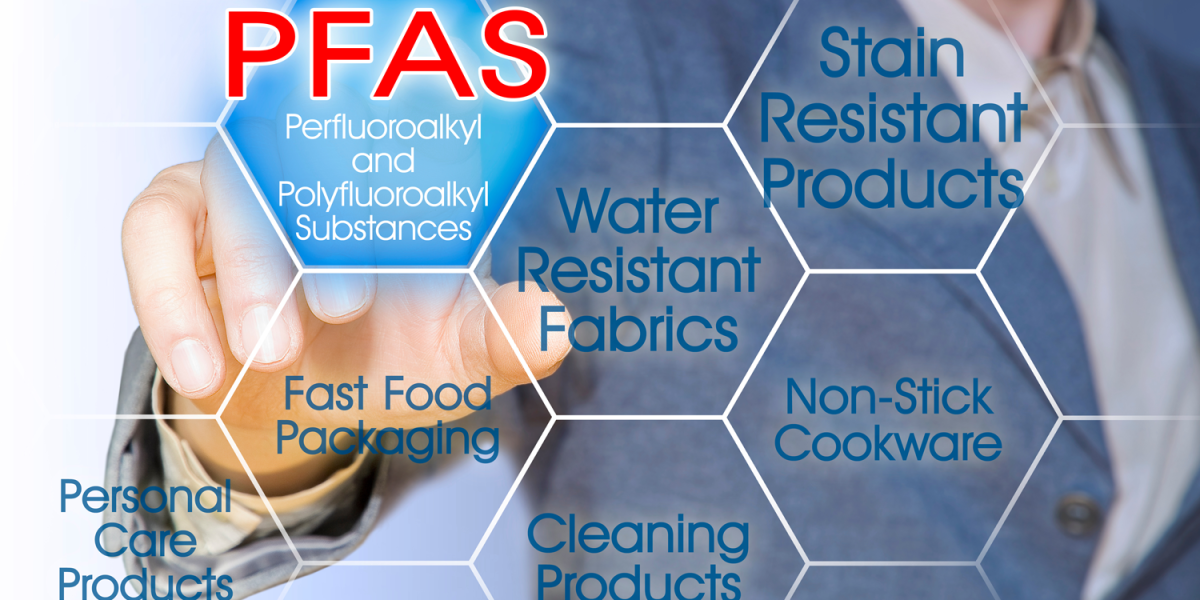You are here

Introduction
Per- and polyfluoroalkyl substances (PFAS) have gained notoriety for their environmental persistence and potential health risks. As regulations on PFAS continue to tighten, businesses are under increasing pressure to ensure that their products are PFAS-free. Screening your product portfolio for PFAS ingredients is a critical step toward compliance and sustainability. In this blog, we delve into five best practices to help you navigate the process effectively.
1. Establish clear screening criteria: define your targets
The first step in successful PFAS ingredient screening is to establish clear screening criteria. Determine which PFAS compounds are relevant to your industry and jurisdiction. Collaborate with experts to create a definitive list of target PFAS substances. This list should align with regulatory guidelines and stay updated with emerging research. Clear criteria ensure consistency and accuracy throughout the screening process.
Example: A textile manufacturer could target PFAS compounds used in water- or stain-resistant coatings commonly applied to fabrics.
2. Utilize advanced analytical techniques: accuracy matters
To identify PFAS ingredients accurately, advanced analytical techniques are essential. Methods like liquid chromatography-mass spectrometry (LC-MS) and gas chromatography-mass spectrometry (GC-MS) offer high sensitivity and can detect a broad spectrum of PFAS compounds. Collaborate with specialized laboratories or experts in analytical chemistry to ensure reliable and precise results.
Example: A food packaging company could employ LC-MS to identify PFAS compounds used in coating materials.
3. Collaborate with suppliers and partners
Engage with your suppliers and partners to gather ingredient information for your products. Transparent communication helps identify potential sources of PFAS ingredients and ensures that you have accurate data for your screening processes. Collaboration with suppliers can also help you access alternatives to PFAS-containing components.
Example: An electronics manufacturer could collaborate with material suppliers to verify the absence of PFAS in the coatings used on electronic devices.
4. Implement regular audits and reviews: stay current
Regular audits of your product portfolio are crucial for ensuring ongoing compliance with PFAS restrictions. As regulations evolve and scientific knowledge advances, periodically review your screening criteria and adjust your target substances accordingly. Scheduled audits prevent inadvertent use of PFAS ingredients and allow you to make timely adjustments.
Example: A cosmetics company could conduct bi-annual audits to ensure that newly introduced product formulations remain PFAS-free.
5. Invest in data management solutions: organize efficiently
Implement data management solutions to organize and track screening results efficiently. A personalized dashboard can store detailed information about product formulations, testing outcomes and compliance status.
Example: A chemical manufacturer could use a dashboard to track PFAS screening results for different product lines and monitor its compliance status for relevant regulations.
Conclusion
Screening your product portfolio for PFAS ingredients is a proactive step toward regulatory compliance, environmental responsibility and brand protection. Embrace these best practices to ensure that your products are PFAS-free, safeguarding both worker and consumer health.
Check our 3E Regulatory Compliance Tracker for frequent updates on key product safety and chemical compliance regulations, requirements and deadlines. Bookmark this free tool today!

 Top
Top